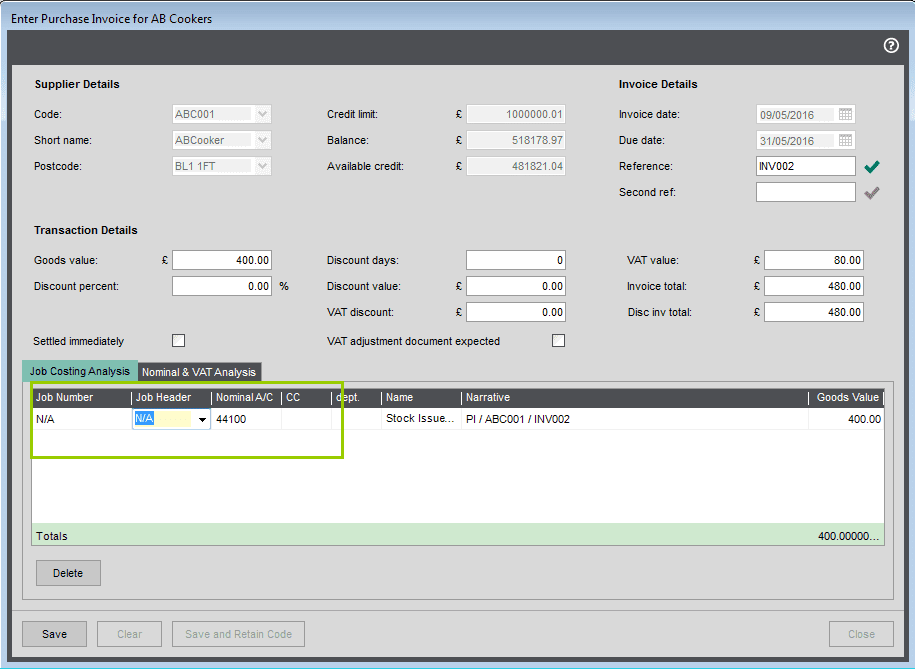
Financial statements are the business world’s equivalent of a medical check-up. They offer a comprehensive overview of an organization’s financial condition, including details about its profitability, cash flow, and overall worth. Preparing financial statements is a crucial skill to learn for any founder. We’ve simplified the concepts and processes you need to understand in this quick guide. Create your balance sheet and include any current and long-term assets, current and noncurrent liabilities, and the difference between your assets and liabilities (aka equity).
Best Accounting Newsletters to Keep Your Info Fresh in 2024
In many cases, some or all of these balances need to be charged to expense. There are additional line items in this section as well if you’re using the indirect method. You’ll need to subtract gains and add back losses on the sale of assets. Monitoring the cash flow statement helps predict cash flow issues and prepare for them before they turn into a major problem. You may need to gross income vs net income post adjusting entries before you start closing your accounts.
- It shows revenue from primary income sources, such as sales of the company’s products, and secondary sources, like if the company sublets a portion of its business premises.
- If they don’t, your balance sheet is unbalanced, and you need to find what’s causing the discrepancy between your assets, liabilities, and equity.
- Compare the shipping log to accounts receivable to ensure that all customer invoices have been issued.
- There will likely be several errors, so create journal entries to correct them, and print the financial statements again.
Regulatory audits are conducted by government agencies to ensure compliance with laws and regulations. This method ensures that financial statements provide a more accurate representation of a company’s financial performance and position. The income statement, or the statement of comprehensive income, summarizes a company’s revenues and expenses over a specified period.
The statement of stockholders’ equity, or the statement of changes in equity, shows the changes in the components of stockholders’ equity over a specified period. It includes elements such as common stock, preferred stock, additional paid-in capital, retained earnings, and treasury stock. After preparing the individual components and consolidating financial statements (if applicable), the final step is to review and finalize the financial statements. If a company has subsidiaries or other related entities, it may need to prepare consolidated financial statements. Learn the importance of the order of financial statements in small business accounting. Conduct a bank reconciliation, and create journal entries to record all adjustments required to match the accounting records to the bank statement.
Again, your balance sheet lists all of your assets, liabilities, and equity. Your total assets must equal your total liabilities and equity on your balance sheet. The balance sheet is the financial statement that tracks the firm’s financial position at a given point in time, typically the last day of the accounting cycle. It’s a statement showing what your business owns (assets) and what it owes (liabilities). Your assets must equal your liabilities plus your equity or owner’s investment.
Vertical and Horizontal Analysis
The cash flow statement compares two time periods of financial data and shows how cash has changed in the revenue, expense, asset, liability, and equity accounts during these time periods. The first in the order of financial statements is the income statement. You need to prepare this first because it gives you the necessary information to generate the other financial statements. Making your income statement first lets you see your business’s net income and analyze your sales vs. debt. The income statement, also known as a profit and loss statement, is important because it fedex small business center shows the overall profitability of your company for the time period in question. Information on sales revenue and expenses from both your accounting journals and the general ledger are used to prepare the income statement.

Is there any other context you can provide?
This process helps maintain trust among stakeholders and ensures that the financial statement preparation adheres to the required guidelines and principles. Your balance sheet is a complete list of your assets, liabilities, and equity. Your total assets must equal your total liabilities and equity on the balance sheet.
These principles provide a framework for financial statement preparation and ensure that financial statements are consistent, reliable, and comparable. The balance sheet, also known as the statement of financial position, presents a company’s assets, liabilities, and stockholders’ equity at a specific point in time. After you process all of your financial statements, you can use the information to track your business’s financial health and make smart, informed financial decisions for your company. Your income statement, also called a profit and loss statement (P&L), reports your business’s profits and losses over a specific period of time. You can use an income statement to summarize business operations for a certain time frame (e.g., monthly, quarterly, etc.).
There is a logical order to preparing the financial statements because they build on one another. This process ensures that all information is accurate, complete, and compliant with the relevant accounting standards. Once finalized, the financial statements are presented to the company’s management, board of directors, and other stakeholders. Proper financial statement preparation requires a thorough understanding of accounting principles, standards, and regulations, as well as attention to detail and accuracy in recording and reporting financial data. Use your net profit (or net loss) from your income statement to prepare your statement of retained earnings. After you gather information about your net profit or loss, you can see your total retained earnings and how much you’ll pay out to investors (if applicable).
The statement of cash flows must be prepared last because it takes information from all three previously prepared accounting equation wikipedia financial statements. The statement divides the cash flows into operating cash flows, investment cash flows, and financing cash flows. The final result is the net change in cash flows for a particular time period and gives the owner a very comprehensive picture of the cash position of the firm. The first financial statement that is compiled from the adjusted trial balance is the income statement. It’s the statement that lists the revenues and expenses for the business for a specific period.
